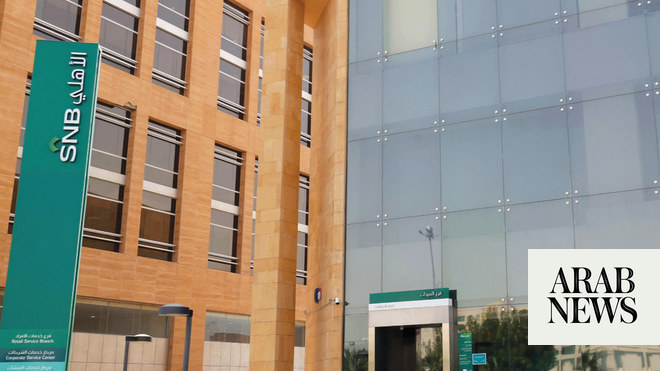
Financial Stability Board (FSB) issued a list of 30 major banks that pose a threat to the international financial system.
FSB, established in 2009, edits this list every year according to the banks capital and risky assets .
FSB identified the 2017 list of global systemically important banks (G-SIBs) sets the standards in consultation with Basel Committee on Banking Supervision (BCBS) and national authorities.
Banks had been allocated to buckets corresponding to required levels of additional capital buffers, however, FSB has never put any bank in the top tier, which would require a bank to hold an additional capital buffer of 3.5%.
JP Morgan is the only bank required to hold an extra 2.5% of common equity, after its US peer Citigroup moved down a tier and joined Bank of America, Deutsche Bank and HSBC in a group that must hold an extra 2% of capital.
The next tier of banks that must hold 1.5% of extra common equity has eight banks, including BNP Paribas, Barclays, Bank of China, China Construction Bank, and Goldman Sachs.
Credit Suisse moved down a rung into the group required to hold 1% additional capital.
In related news, Standard & Poors (SP) issued a report stating that some large international banks have increased their size two to four times over the past decade, that is since the outbreak of the global financial crisis and the bankruptcy of "Lehman Brothers" bank.
According to SP, some international regulatory efforts did not succeed in curbing inflation of bank assets, so the cost of saving giant banks remains enormous and very expensive.
In some examples, over 10 years period, JPMorgan Chases assets rose from one trillion and 350 billion dollars to two trillion and 560 billion dollars, and Bank of America from one trillion and 460 billion dollars to two trillions and 250 billion dollars.
Notably, these large US banks benefited from government programs and have doubled their assets, while their size were expected to be much smaller or at least not increase due to the impact of the crisis and its huge losses.
Large US banks also benefited from the panic after Lehman Brothers went bankrupt, prompting the government to carry out buying programs to prevent a recurrence of such bankruptcy.
In Europe, the situation is a little different as French BNP Paribass assets rose moderately from two trillion and 370 billion dollars to two trillion and 490 billion dollars, while HSBC UK increased its assets from one trillion and 850 billion dollars to two trillion and 490 billion dollars.
In China, however, the issue is on an entirely different level as the size of banks has greatly increased in the years after China joined World Trade Organization (WTO).
For example, assets of Industrial and Commercial Bank of China (ICBC) rose in ten years from one trillion and 110 billion dollars to three trillion and 760 billion dollars and it is considered the worlds first in terms of assets. China Construction Bank came in second with assets quadrupling to three trillion and 200 billion dollars.
But the question here is whether in 2017 these banks pose the same risks that prevailed during the crisis.
According to analysts, the issue differs according to the country. In US and Europe, efforts are being exerted to impose additional capitals on banks whose large size could pose a possible systemic risk.
It is worth mentioning that assets of 10 top global banks are now around $28 trillion, five of which are Chinese banks assets with 53 percent.
This means Chinese banks have become cornerstone of the global financial system, so International Monetary Fund (IMF) warnings of Chinese loans risks are extremely important.











